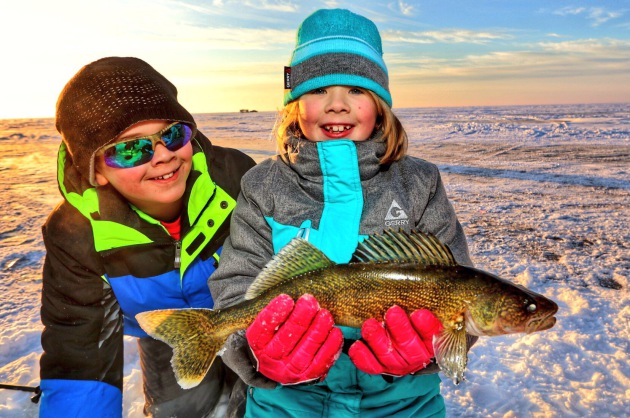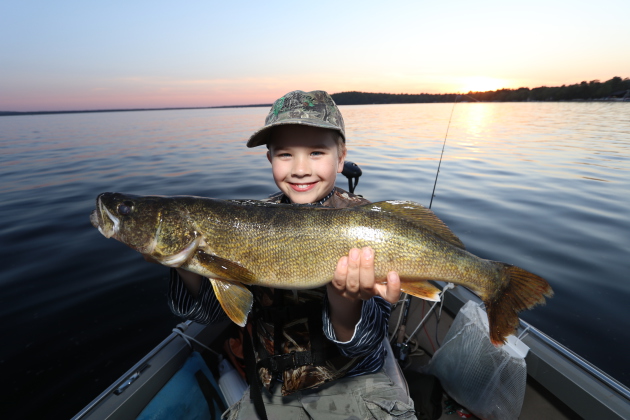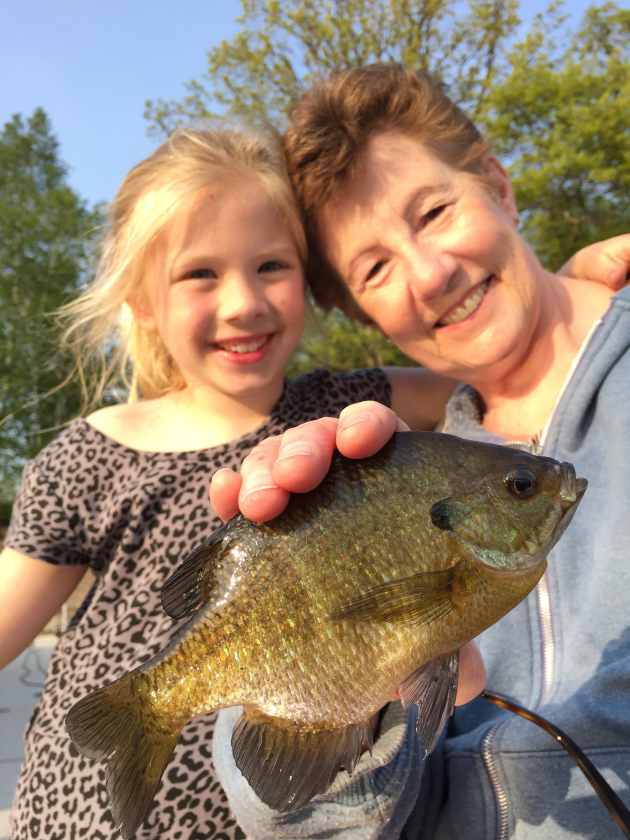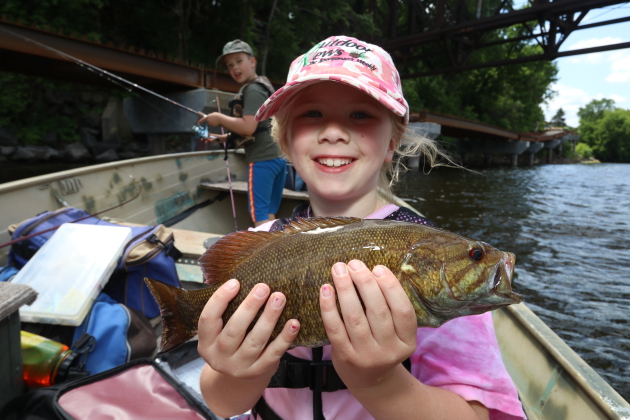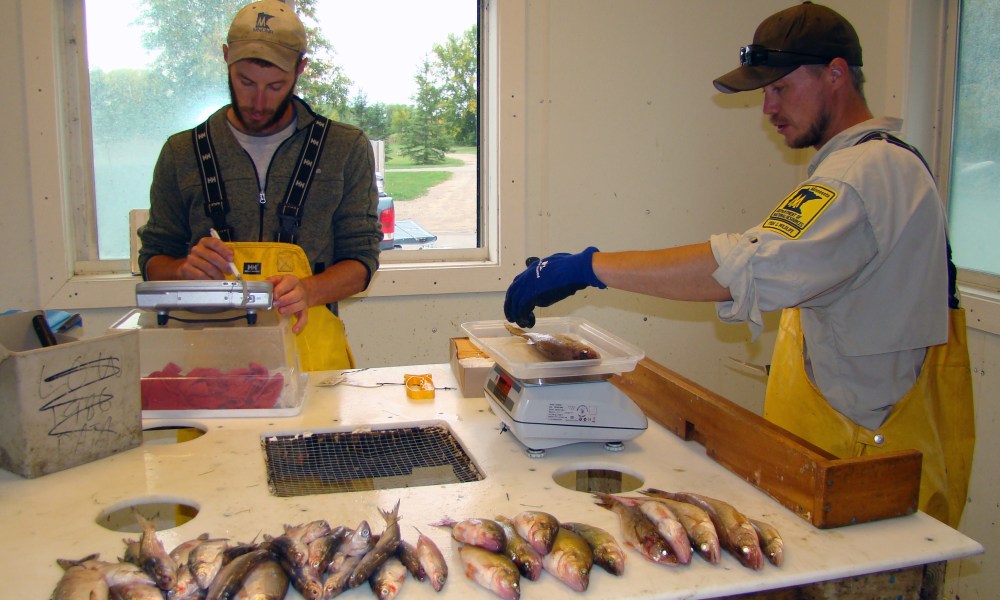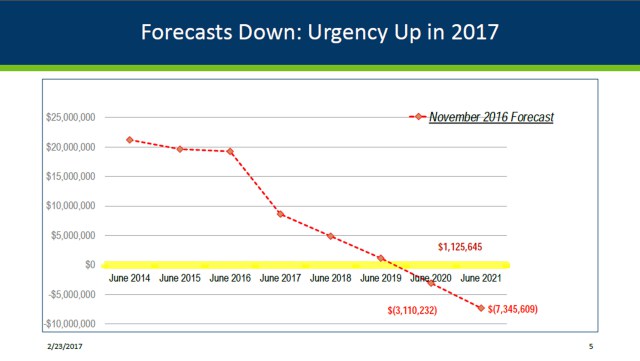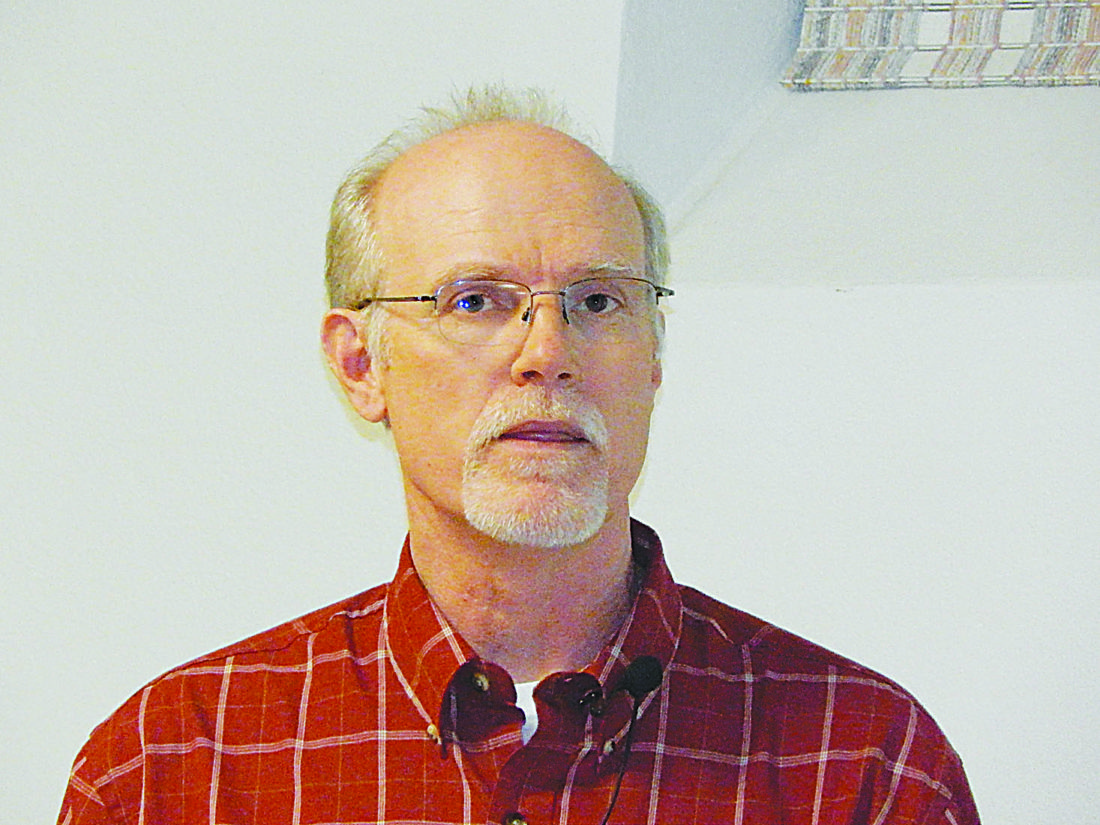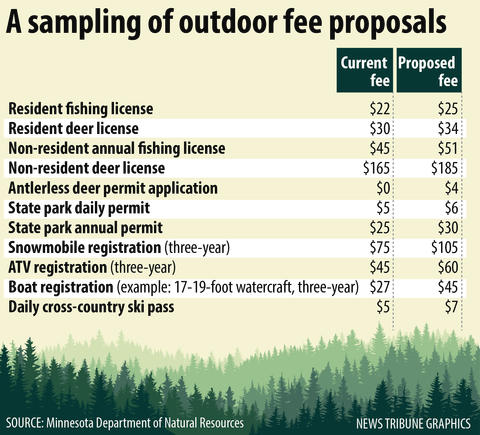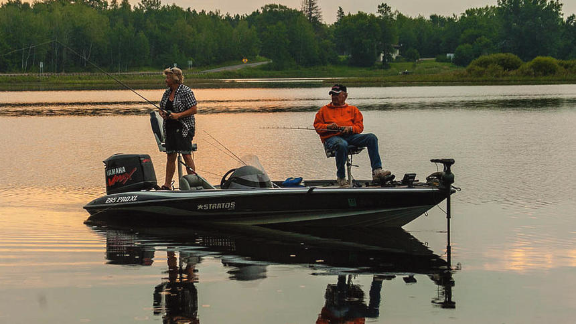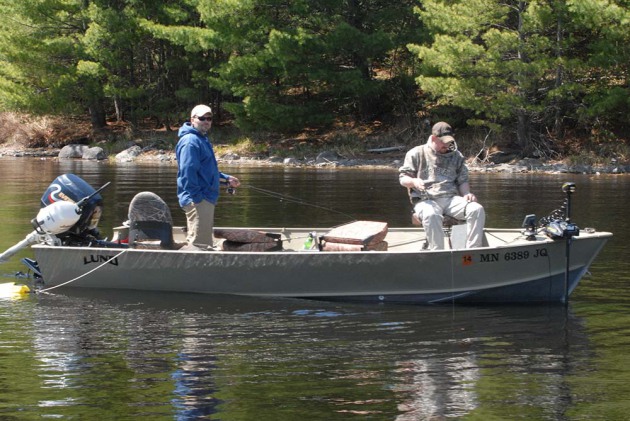Anglers, hunters weigh in on proposed license fee increases in Minnesota

Bill Lounsberry of Duluth was just settling in for an afternoon of crappie fishing on Fish Lake north of Duluth on Wednesday afternoon. Lounsberry, a retired letter carrier, was aware that Minnesota Gov. Mark Dayton is proposing to raise fishing and hunting license fees.
"I'm OK with that," Lounsberry said with a smile. "I'm retired. This is pretty cheap entertainment."
Lounsberry's feelings seem to echo the reactions of many others in Northeastern Minnesota's outdoor community, according to several people interviewed for this story. Most are not opposed to the proposed increases, though some want to make sure license fees are used for field operations.
Dayton proposed the increases in late January as part of his fiscal 2018-2019 budget, now before the Legislature. Under the proposal, a resident fishing license would increase from $22 to $25, and a resident deer hunting license would rise from $30 to $34. Under the proposals, fees would also increase for boat, snowmobile and ATV registration, as well as for state park and ski passes.
"There hasn't been much complaining. Most folks are understanding," said Scott VanValkenburg, owner of Fisherman's Corner, a bait and tackle shop in Pike Lake. "Guys realize the world is getting more expensive. Geez, you go to to the movie, it's 10 bucks."
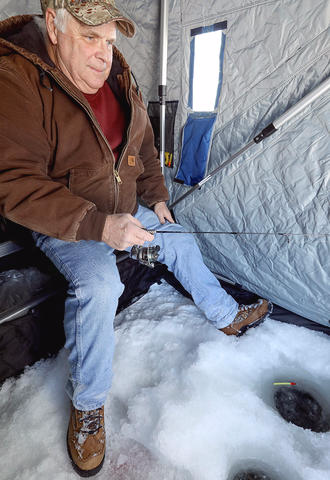
Bill Lounsberry of Duluth watches his fish finder while fishing for crappies on Fish Lake. Steve Kuchera / News Tribune
Ken Roy, owner of River Rat Bait in Cohasset, says he's hearing much the same."For most part, we haven't heard anything real negative," Roy said. "Guys are saying $23 (including a $1 issuing fee) for a whole fishing year is not bad. If they raise it $3 or $4, that's not so bad."
But their support is not without some suggestions about how the DNR should spend that money, he said
"They'd like to see the DNR spend the money wisely rather than on foolish things," Roy said. "They want to see better fishing, and they'd like to see fewer rules."
That comment was shared by others.
"I don't think (the fee proposal) surprises people that much," said Don Karels of God's Country Outfitters north of Grand Rapids. "But it still upsets them because of the way the DNR has been going the last few years — everything is going up except the wildlife and the waterfowl and the fish."
Russ Francisco of Marine General Supply in Duluth says the DNR is slighting Duluth-area anglers.
"People don't mind paying more," he said, "but people in Duluth are unhappy. They feel like we're getting less."
The DNR recently announced that the production of trout at the French River Coldwater Hatchery will be phased out.
"Frankly, they (DNR officials) don't like coldwater fisheries," Francisco said. "We have to pay more so people in other places can get more."
The Republican-controlled Legislature has expressed concerns that the governor's overall budget proposal is too large. The entire Dayton budget plan would spend almost $46 billion in the two years beginning July 1, a nearly 10 percent increase over the 2015-2016 biennium.
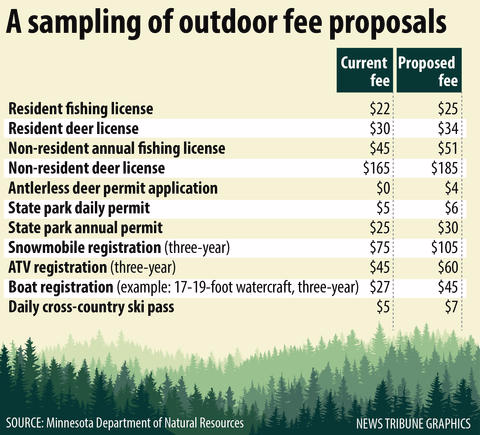
Only about 15 percent of the DNR's overall budget comes from the state's general fund. The vast majority of state DNR funding (85 percent) comes from user fees, sales of licenses and permits, and dedicated funds from the Legacy Amendment and the state lottery.
The DNR's main fund for fish, wildlife and their management is the Game and Fish Fund, which relies primarily on sales of hunting and fishing licenses. The Game and Fish Fund is expected to slide into a deficit starting in 2019, DNR officials say. Most hunting and fishing license fees were last increased in 2013.
Chris Kavanaugh, DNR regional fisheries supervisor at Grand Rapids, said tightening of budgets has a direct effect on fisheries management activities in Northeastern Minnesota, such as stocking trout lakes, the frequency of fisheries assessments and conducting creel surveys. Fisheries assessments sometimes must be reduced when funding is limited.
"Anglers are accustomed to seeing pretty fresh data on those lakes, and sometimes we might have to push some of those surveys out a couple of years," Kavanaugh said.
Like many others, he said he believes a Minnesota fishing license would be reasonable at $25.
"Think of playing round of golf," Kavanaugh said. "At a decent golf course, it'll cost you $30 to $40 and give you four hours of fun or frustration depending on your ability. But for $25, I can go angling 365 days a year for multiple species on multiple lakes."
Bucks for bucks, ducks
Tight budgets also affect wildlife management, said Dave Olfelt, DNR regional wildlife manager at Grand Rapids.
"Our budgets are funded from those (license) fees," Olfelt said. "After a fee increase goes into effect, it increases our budget for several years. As expenses catch up, it starts to decline. We're in that declining phase now, so there's a level of urgency for legislators to act."
Fishing and hunting licenses remain a bargain, said John Chalstrom of Chalstrom's Bait and Tackle north of Duluth.

A grouse hunter moves through the woods during a 2016 hunt in the Hinckley area. Sam Cook / News Tribune
"It's still a pretty cheap thing for a sportsman to buy a license once a year and enjoy the sport all year," Chalstrom said. "I don't think it'll change anyone's buying habits. It's the nature of the beast: Every couple of years, we have to put up with a price increase. But everything across the board is getting more expensive."Ryan Fox, owner of the Winnie Trading Post near Deer River, said he believes the DNR should boost walleye stocking, improve the deer herd and simplify hunting and fishing regulations.
"Fix what's wrong, and (the DNR) will have more money than they know what to do with," Fox said.
Buck Benson, who owns Buck's Hardware Hank in Grand Marais, supports the fee increases.
"I believe that the hikes in fees and licenses to harvest or use these resources are not unreasonable and are not burdensome," Benson said. "I applaud Gov. Dayton in looking ahead to protect our outdoor resources."
The Minnesota Deer Hunters Association has not yet taken a position on the proposed fee increases, said Craig Engwall, MDHA executive director. The group plans to discuss the issue at an upcoming board meeting. The Minnesota United Snowmobilers Association also has not yet taken a position on the proposals.
Other viewpoints on fee increase proposals
Dave Nelson - President, Twin Ports Walleye Association
"We at the Twin Ports Walleye Association have worked closely with the Minnesota DNR conducting a walleye population study on the St. Louis River. We have written letters in support of the habitat restoration projects now currently in progress... Projects like these require funding.
"While we remain in favor of a walleye stocking program (not currently in place) on the river, it is our fear that without funding, even the programs that are currently in place could be in jeopardy. We are happy to see that some funding has been approved through the state's general fund and hope that more funding could be available without raising license fees. We would be in favor of an increased license fee knowing that the funding would be used to continue the good work that the DNR has started."
John Lenczewski - Minnesota State Director, Trout Unlimited; Chair, DNR Game and Fish Fund Citizens' Budgetary Oversight Committee
"From our perspective, we think it's warranted. We don't want to see the level of management effort decline. If anything, they could do more. We think the fee increase is a realistic way to do it.
"And $2 of that (fishing license proposal) was in the last request in 2013. They got $2 less than they asked for at that time."
"We really feel we're overdue for getting some general funds back into the Game and Fish Fund. That was always an investment the state made. In the 10 years from 2001 to 2010, it averaged almost $2.3 million a year. Since ... 2011, it's been essentially zero."
Kevin Bovee - Secretary, Lake Superior Steelhead Association
"The biggest concern the club has is, will this license fee increase detract from young anglers and hunters coming into the sport? ...
"And where is the increase going? How much of this increase will get back to field operations and increased field operations? Here, they're closing the French River Hatchery. What are we going to get for this increase? We all realize the cost of doing business is increasing, but at some point the users want to see something positive in the field."
Ross Pearson, Duluth - Kamloops Advocates
"Kamloops Advocates have supported increased fishing license fees in particular to create the Kamloops and steelhead opportunities that we enjoy on the North Shore. In terms of comparing the cost of the necessary licenses to the cost of just one of these planted fish, an angler is paying only a fraction of the fish's actual delivery cost. In 2010, about 500 people signed on as Kamloops Advocates to support fee increases to help maintain the Kamloops opportunity."
Jim VanLandschoot - President, Western Lake Superior Trolling Association
"Personally, I don't have a big problem with it, but I can't imagine our trollers will be happy about it since (the DNR has) discontinued all the stocking programs in Lake Superior (except Kamloops rainbow trout and steelhead). It's not that we're opposed to a license fee increase, but we'd like to see a little more bang for our buck."
